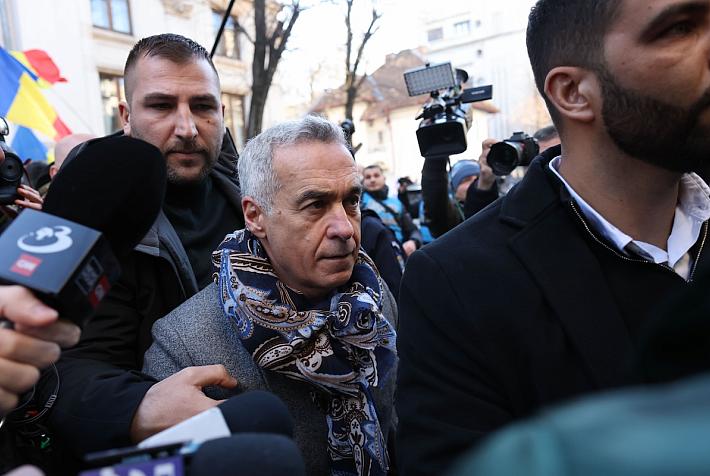Erste Group hopes statistical base and carry-over effects to boost Romania’s economy in 2025

GDP growth is projected to recover to 2.8% y/y in 2025 and 3.4% in 2026, from 0.8% in 2024, under a no-policy-change scenario, aided by statistical base and carry-over effects, Erste Group’s latest macro update on Romania reads, admitting that “the risks are clearly skewed to the downside.”
Erste Group issues a broadly optimistic forecast based on the assumption that political developments are not far from the “business as usual scenario” envisaged before the presidential and parliamentary elections.
“The outlook for 2025 remains blurred,” the report reads, however, on a cautious note.
“In Parliament, the situation is somewhat more stable [than at Presidency where the elections were scrapped],” the report further states.
For some unspecified reasons, Erste Group assumes that the delayed presidential elections will “dampen appetite for addressing the large fiscal deficit until after the new president is elected.” In fact, it is the problematic formation of a ruling coalition and the structure of the potential ruling coalition that “dampens the appetite” for fiscal consolidation. The formation of a ruling majority, pictured by Erste Group as a fait accompli, is the key source of uncertainty and concerns.
The Parliament is summoned for December 20 and the far-right party AUR has already announced plans to initiate the president’s destitution with the help of the other far-right parties that altogether control over 30% of the MP seats. At the same time, the formation of a ruling coalition is advancing at a slow pace.
The four “pro-European, pro-NATO” political parties set informal and high – perhaps too far – targets, such as supporting a joint presidential candidate. Forming a functional government would be a sufficient first step, but even this seems a significant challenge.
The Austrian financial group hopes that even under the “no policy change” scenario, Romania will still be ready to reduce its public deficit from 7.9% of GDP in 2024 to 7.0% of GDP in 2025, in line with the 7-year fiscal consolidation plan agreed with the European Commission. However, the European Commission made clear in November that no policy change scenario would result in no public deficit change – meaning 7.9% of GDP public deficit in 2025.
This will not have a dramatic impact on the public debt, which exceeded the 50%-of-GDP threshold in 2024 and is hedging toward 60% of GDP in the coming years, but on the cost of financing, the country is paid to finance its public deficit and rollover its public debt.
iulian@romania-insider.com
(Photo source: ifeelstock/Dreamstime.com)













